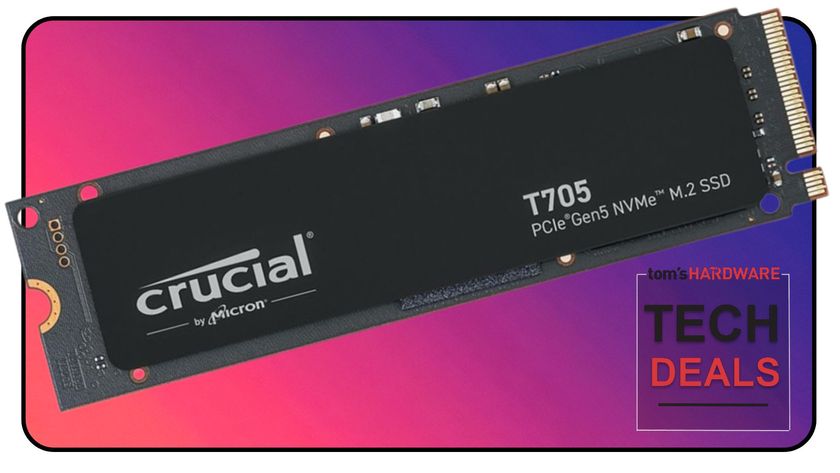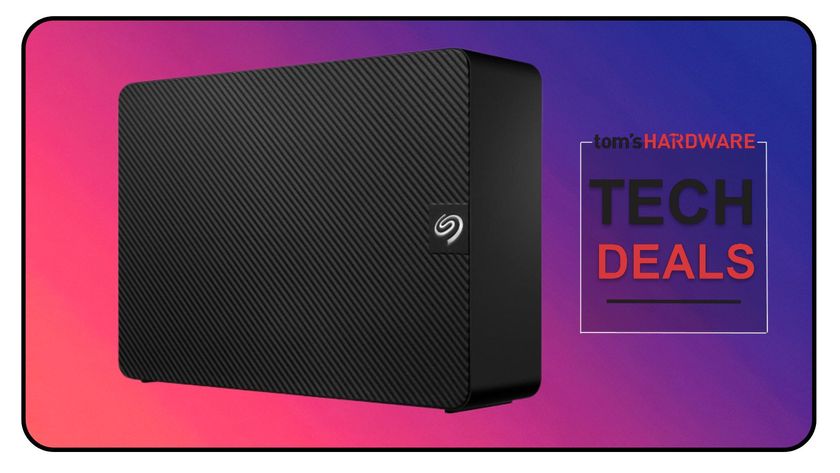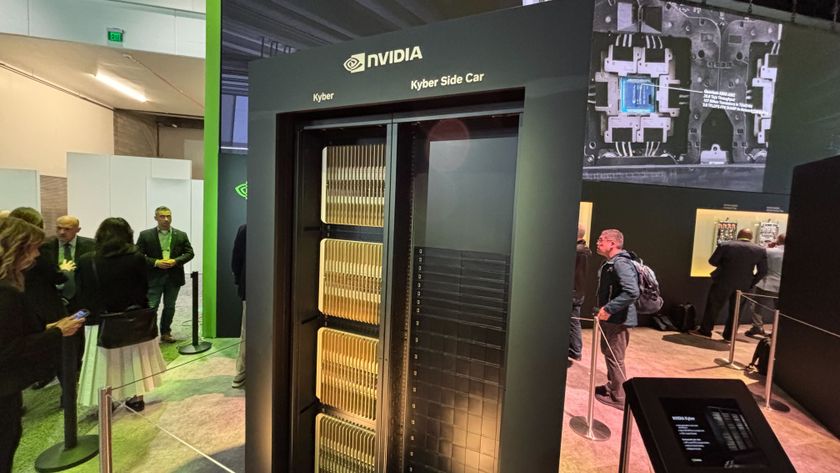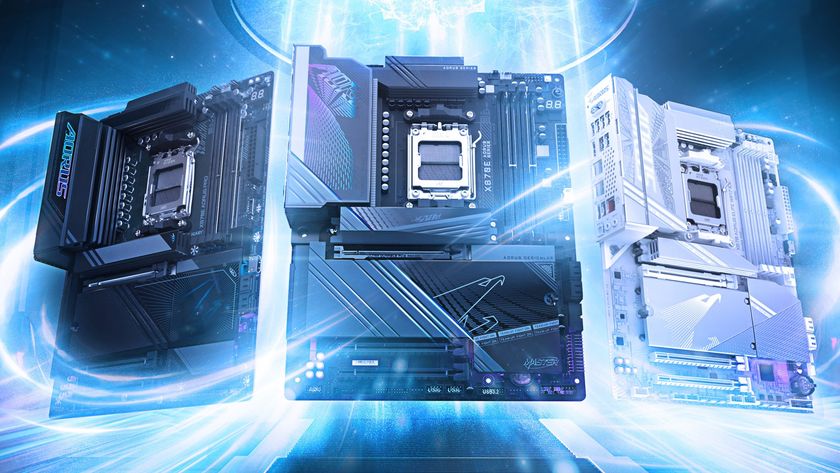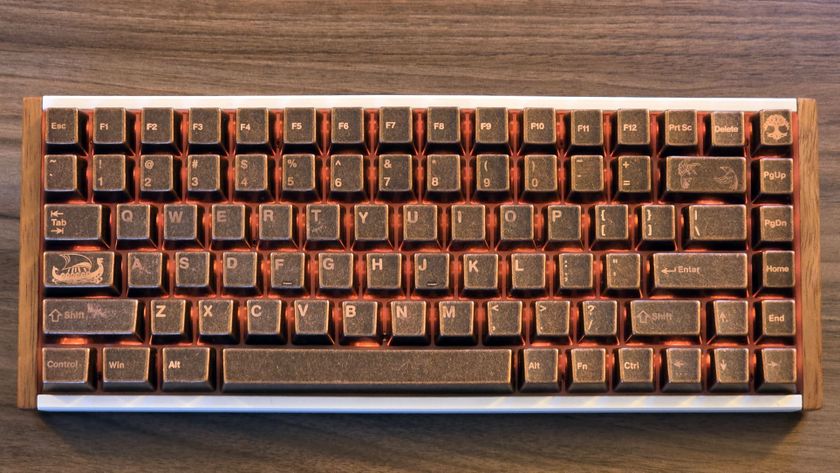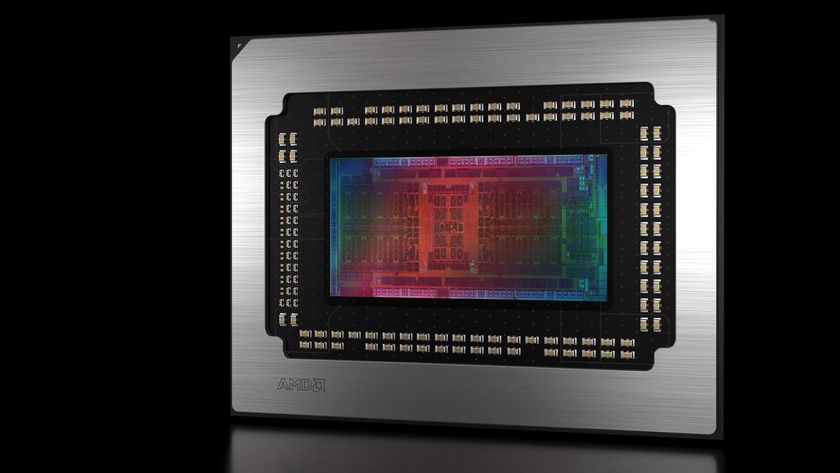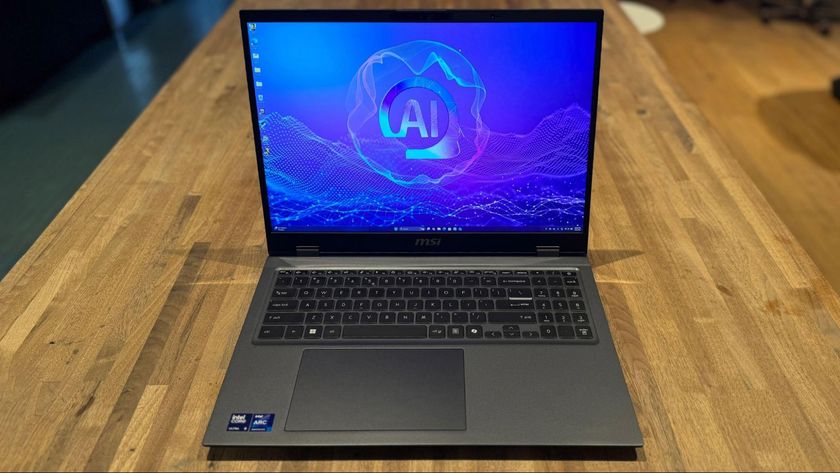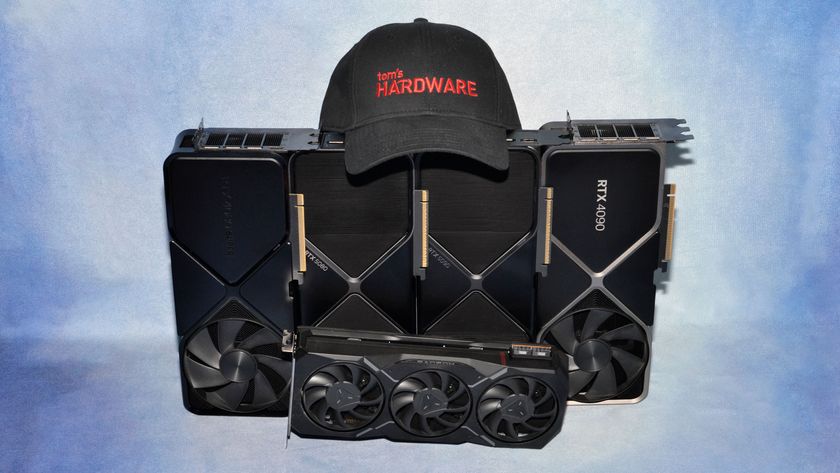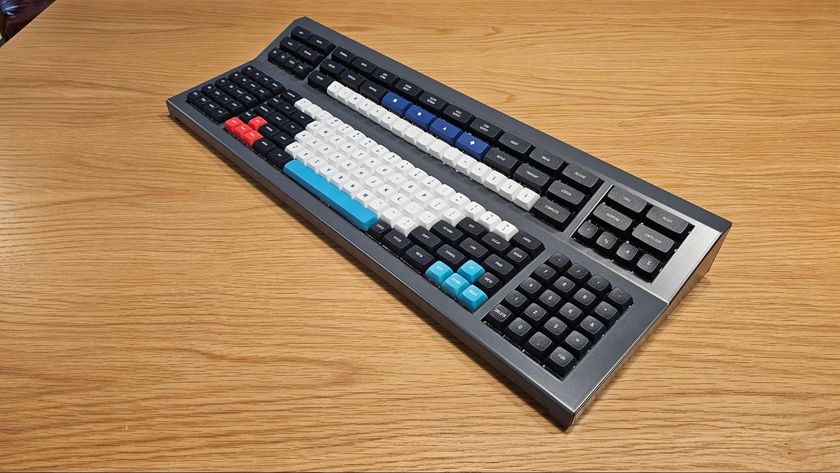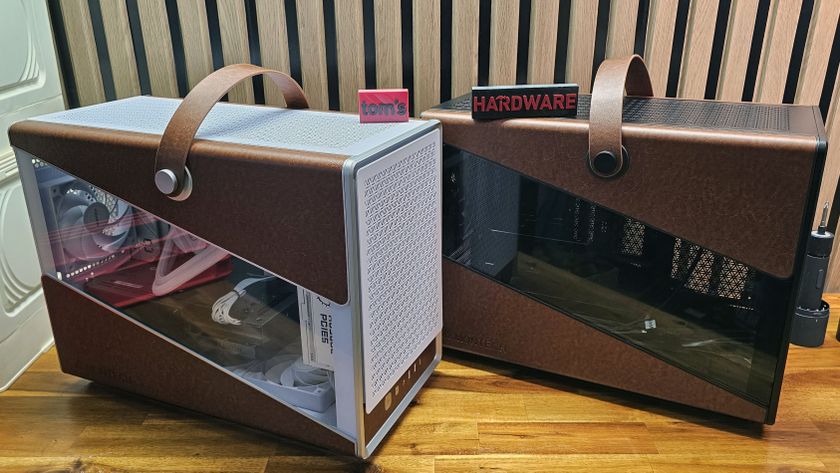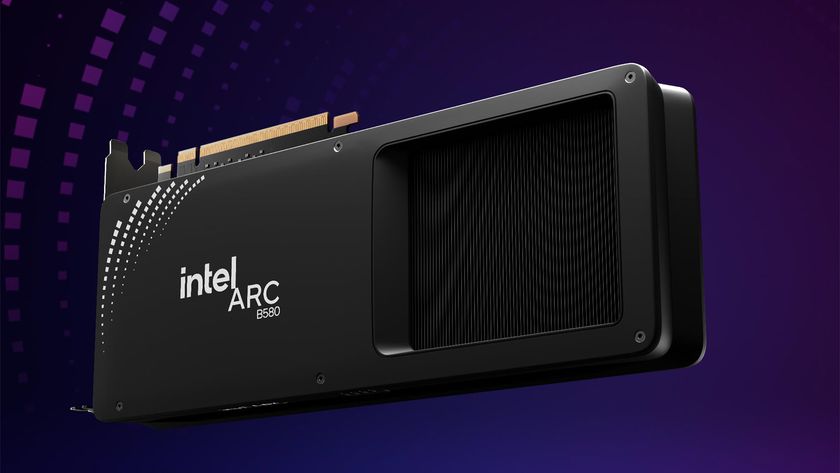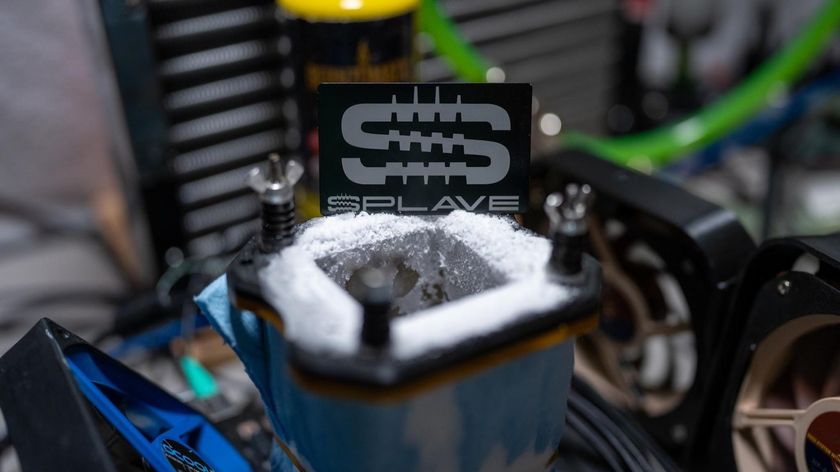The TeraByte Drives Redefine External Storage
TeraByte Storage Is Here
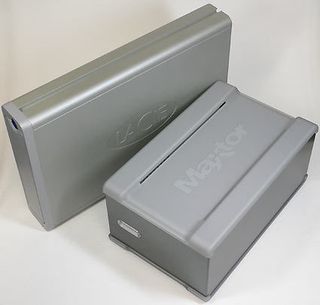
Maxtor's recent press release sounded exciting: Could 1 TeraByte (1,000 Gigabytes) in an external hard drive actually be true? Well, yes and no. The total capacity of the OneTouch III is indeed 1 TB, but it is achieved by assembling two 500 GB hard drives into one enclosure that is double the size of conventional external hard drive products.
Maxtor isn't the first company to offer a product that consists of multiple hard drives. In fact, third party vendor LaCie stands out with its large portfolio of dual and quad drive external storage products: Big Disk, Bigger Disk, Biggest Disk. Still, Maxtor is the first hard drive maker to offer a multi-drive product by itself now.
While the results are the world's largest, consumer-type external hard drive products, the approach using two hard drives also shows that the hard drive companies may be soon running into pressure. On the one hand, Maxtor would not have made the TeraByte hard drive come true if there were no demand for such a beast. On the other hand, new applications with high storage demands are currently emerging: We are referring to High Definition audio and video content, which is capable of taking consumption of music and video to a whole new level. At the same time, it will take capacity demands to a different level.
The industry wants us to buy content on a subscription basis, but where are we supposed to store movie packages that potentially consume up to 50 GB each - the capacity of a two-layer Blue-ray disc? Storing only ten of these movies would fill today's largest hard drives. Even if you recorded HD video yourself and reduced the requirements by 50%, your recording time would be somewhat restricted. More efficient codecs such as H.264 will help to keep storage requirements to an acceptable level, but we haven't even mentioned uncompressed HD content that still wants to be edited...
Obviously, the hard drive industry won't stop at 500 GB per 3.5" drive. New technologies such as perpendicular recording (as in Toshiba's 1.8" 80 GB drives or Seagate's new 2.5" Momentus 5400.3) will help to further increase capacity points. Until then, LaCie's and Maxtor's approach seem to be the first teraByte solutions that are both feasible and flexible.
Stay On the Cutting Edge: Get the Tom's Hardware Newsletter
Get Tom's Hardware's best news and in-depth reviews, straight to your inbox.
